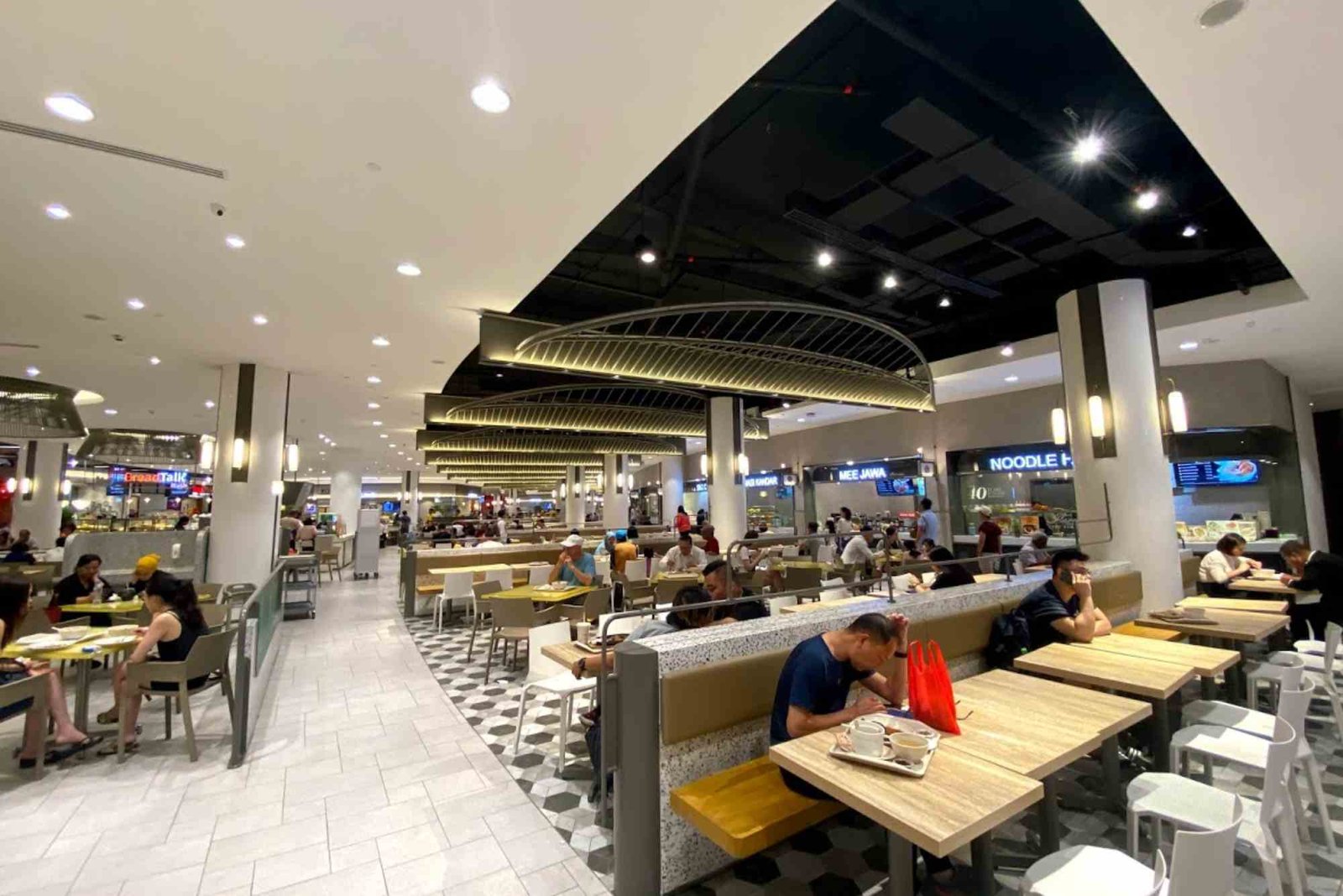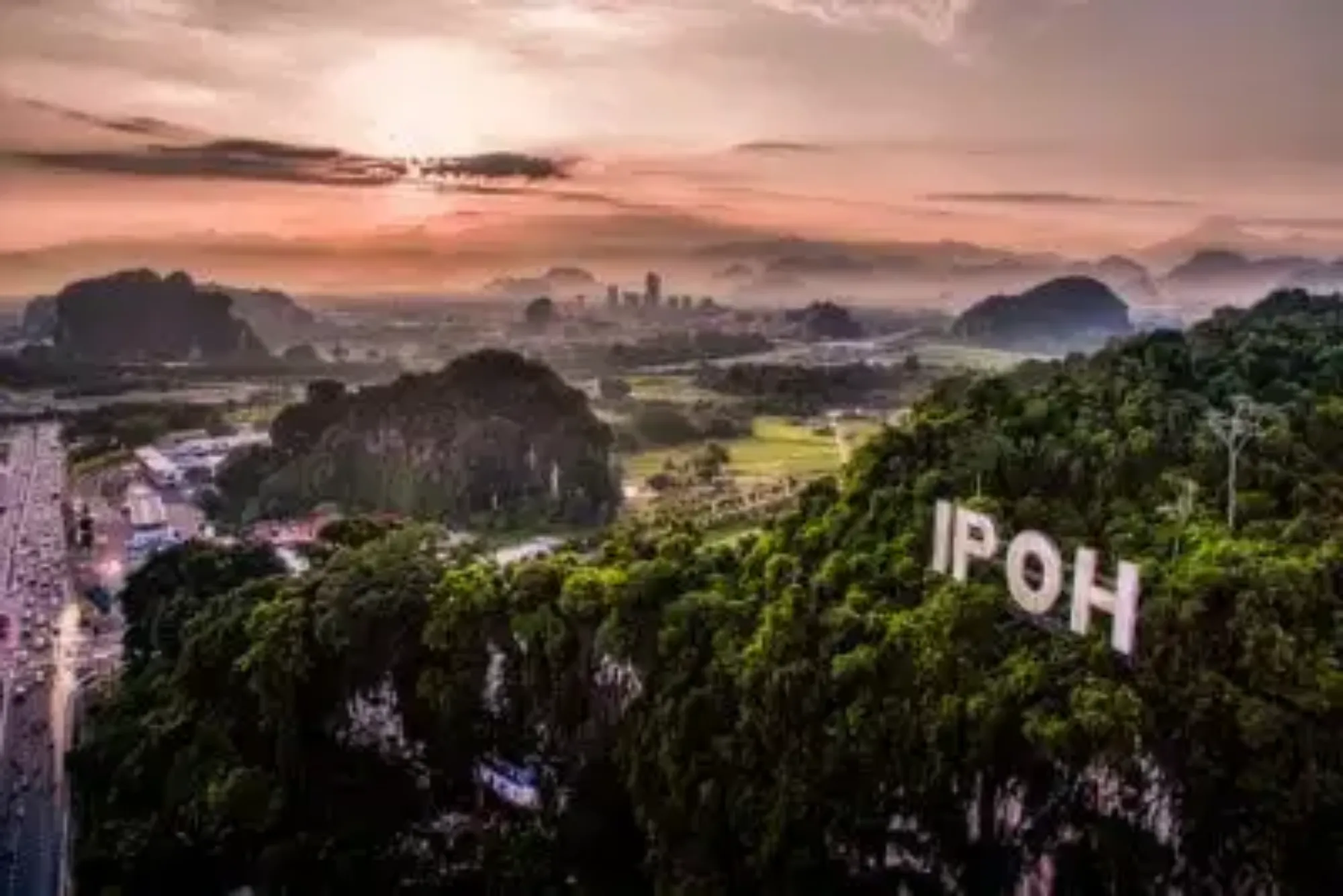In recent years, the phrase “Colt Family Australia” has gained intense global attention, not for fame or fortune, but due to a controversial and deeply unsettling investigation. The case has raised questions about how isolated communities in remote Australia are supported—and neglected—by social and government systems.
This exposé also draws relevance for digital platforms like Travels Flax, which chronicle stories from across the world with nuance and accuracy.
Let’s examine who the Colt family really was, what the story revealed about Australia’s forgotten regions, and how digital and tech initiatives can play a role in preventing such tragedies in the future.
The Real Story Behind the Colt Family
Quick Answer:
The Colt family lived in an isolated valley in New South Wales, Australia, and came under investigation due to extreme allegations of intergenerational abuse and neglect.
The Colt Family Australia story shocked the world in 2012 when authorities discovered a group living in squalid, disconnected conditions in rural NSW.
Key facts:
-
The family was pseudonymously named Colt by the courts to protect identities.
-
The case involved allegations of incest, abuse, and lack of education spanning multiple generations.
-
The setting: a remote farm with no access to basic infrastructure or schooling.
Australian newspapers called it “the country’s worst ever case of child abuse.” The family had lived in isolation for decades, unknown to the public or authorities, highlighting glaring gaps in rural welfare oversight.
How Did the Colt Family Avoid Detection?
Quick Answer:
Geographical isolation, lack of digital access, and social invisibility allowed the Colt family to remain unnoticed by Australian authorities.
Despite Australia’s strong social services, the Colt family remained off the radar. Why?
-
Remote location: Their property was located deep in a secluded valley.
-
Lack of identification: Many children had no birth certificates or school records.
-
No digital footprint: Without internet or mobile connections, no one outside their immediate surroundings knew they existed.
This raises an important point: technology and digital outreach could have altered their fate much earlier.
Regional Australia and the Digital Divide
Quick Answer:
Many regions in Australia, especially remote and rural areas, still suffer from digital inequality.
According to the Australian Digital Inclusion Index (ADII), people in rural and remote areas score significantly lower in digital access, affordability, and ability.
For example:
-
In 2024, remote areas scored 57.5 in digital inclusion, compared to 67.8 in metropolitan zones.
-
Only 56% of households in remote Australia had reliable internet access.
Bridging this digital gap is essential to identify, monitor, and support vulnerable communities—both for prevention and intervention.
Media Sensationalism vs. Ethical Storytelling
Quick Answer:
While many news outlets sensationalized the Colt family story, platforms like Travels Flax focus on factual, ethical narratives.
Mainstream coverage of the Colt family was often graphic and invasive. But it’s crucial to ask: Do such stories inform or exploit?
Travels Flax takes a different approach, striving to:
-
Provide context behind controversial headlines
-
Include regional perspectives
-
Empower readers through verified data, not drama
Their work in highlighting underreported narratives—such as that of the colt family australia—reflects a new, more responsible digital journalism model.
Tech and Youth Development in Remote Australia
Quick Answer:
Programs like STZA and Ignite in Pakistan inspire similar calls for rural tech hubs in Australia.
Pakistan’s Special Technology Zones Authority (STZA) and Ignite have launched successful youth-driven tech incubation models. These include:
-
Funding for startup accelerators
-
Training in coding, data science, and IoT
-
Development of smart villages
Australia has the potential to adapt similar models. For example, NSW’s Regional Digital Connectivity program is working to:
-
Expand 4G/5G coverage
-
Deliver satellite-based broadband
-
Offer tech scholarships to Aboriginal youth
By empowering isolated communities through tech, we can prevent tragedies like that of the Colt family from recurring.
Psychological Impact on Children in Isolation
Quick Answer:
Prolonged isolation and abuse can severely affect cognitive, emotional, and social development in children.
Experts like Dr. Amelia Reeve, a child psychologist, have noted:
“The Colt case is a heartbreaking example of how social isolation and lack of education can deeply damage children’s identity and future potential.”
In the Colt case:
-
Children reportedly could not speak or write properly.
-
Some displayed signs of trauma-induced developmental delays.
-
Authorities described their behavior as “feral” and heartbreaking.
Legal Fallout and Social Response
Quick Answer:
The Colt family case triggered national debate in Australia on welfare system gaps and legal reform.
Post-investigation actions included:
-
Legal proceedings against several adult family members
-
Child protection reforms in New South Wales
-
Parliamentary reviews into rural social service oversight
Despite these efforts, critics argue that systemic change is still slow, especially for hidden, disconnected communities.
Global Reactions to the Colt Family Case
Quick Answer:
The Colt story drew international criticism and became a case study in social neglect.
Media outlets from the UK, US, and Canada reported on the case with shock. Academics and social justice groups used it to highlight:
-
Rural marginalization in developed countries
-
Failure of early warning systems
-
Need for national digital identity and census reform
The Colt Family Australia story is now referenced in global sociology and welfare studies.
The Role of Ethical Digital Storytelling
Quick Answer:
Ethical journalism plays a vital role in shaping public perception and policy on complex issues like the Colt case.
As discussed, sensationalism often clouds facts. Ethical platforms like Travels Flax build trust by:
-
Consulting local voices
-
Cross-verifying sources
-
Humanizing subjects without exploitation
This method creates lasting social value—and educates rather than scandalizes.
FAQs
1. What happened to the Colt family?
Several adult members were charged and children were removed by welfare agencies. Their identities remain sealed by court order.
2. Where was the Colt family located?
In a remote valley near Boorowa, New South Wales, Australia.
3. Why were they called the Colt family?
“Colt” is a court-assigned pseudonym used to protect identities.
4. How long were they living in isolation?
More than three decades, across multiple generations.
5. How did the media find out?
A tip led authorities to investigate, which was later leaked to the press.
6. Could technology have helped prevent this?
Yes. Improved digital access, census tracking, and outreach could’ve flagged their absence earlier.
7. Is this a unique case?
Rare, but not unique. Similar isolation cases exist in other remote global regions.
Final Thought
As a writer deeply involved in tech development in Pakistan, the Colt family story resonates beyond Australian borders. It’s a cautionary tale about what happens when technology and social systems fail to reach the margins.
In Pakistan, initiatives like Ignite’s DigiSkills and STZA’s smart zone projects offer hope. But we must also think about:
-
Empowering our own remote regions—from Balochistan to Tharparkar
-
Building ethical, inclusive media like Travels Flax
-
Ensuring every citizen, no matter how remote, is visible to the state
If we want to prevent our own “Colt family” tragedies, now is the time to act. Technology is not just a tool—it’s a bridge to dignity, safety, and a better future.








